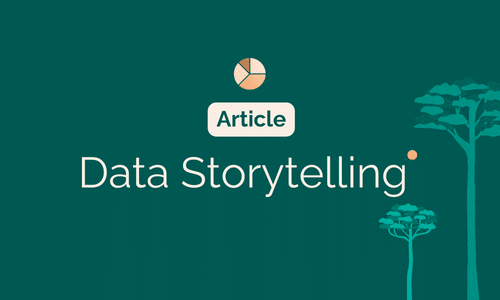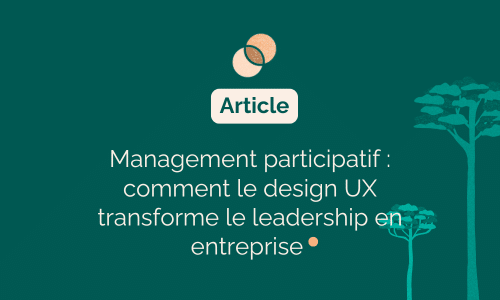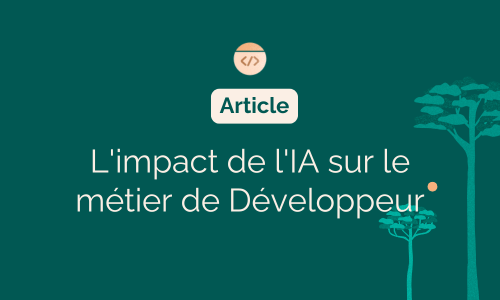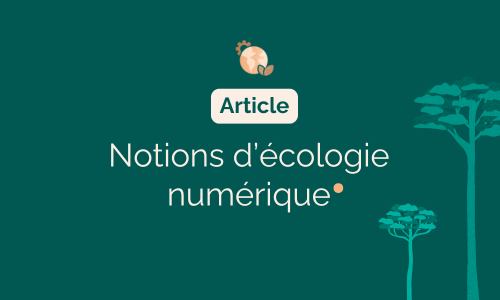Data storytelling is a method that provides a better understanding of the indicators presented, in order to improve decision-making.
In French, this term means "telling a story with data", but not just any story. It's a story personalized to the audience. This means taking into account the "needs of the business".
But isn't that what data visualization already does?
Data visualization stages data by transforming it into visuals to make it clear and legible (with diagrams, histograms, rankings...). Data storytelling takes dataviz a step further, fine-tuning graphics, improving visual presentation and illustrating the lessons to be learned. The two methods are therefore complementary.
Enhance, yes, but why?
The purpose of a data report is to communicate a complex message or piece of information. It's essential to incorporate a playful aspect, even to structure it like a story, to achieve a unified vision of the data.
Since the target audience has little time to read a report, let alone analyze it, it's essential to produce a report that simplifies reading, and therefore decision-making.
Is there an example of data storytelling?
Have you ever noticed those TV commercials that show everyday driving situations, where an accident occurs, followed by statistics at the end? These ads are designed to promote road safety by raising awareness of the importance of wearing seatbelts.
Data storytelling has been implemented using two main approaches:
- Scenes that create narratives with which the audience can identify.
- Statistical data rendered in pictures and scenarios to illustrate the facts.
This method makes the message more impactful and, above all, easier to remember.
Knowing that this method has several advantages, how do you implement data storytelling
Data storytelling has 3 pillars:
- The data
- Narration
- Interactivity
The data: we need to adapt the data to the target audience, and be clear in our choice of indicators. They must speak for themselves.
Narration: It must follow logical reasoning. To achieve this, there are 3 steps:
- Set-up: presents the initial situation and data.
- Conflict: highlights a graphically represented tipping point.
- Resolution: shows the outcome of the conflict and the lesson to be learned.
Good visuals are also essential to storytelling.
Here are a few visual tips:
- Colors and contrasts to draw the eye to the right place,
- The use of cultural norms such as green for positive and red for negative,
- Hierarchy, which allows you to discover information in a logical order,
- Simplicity, because too much information can lead to visual overload,
- Clarity, so that the ideas represented are obvious.
Interactivity: while static graphs offer a single perspective on data, the integration of interactive elements allows users to become players in the analysis, enabling them to customize graphs according to their preferences.
A powerful powerful
Data storytelling is a powerful tool for improving your data visualization by acting on 3 aspects: data, narrative and interactivity. This method makes data more impactful and memorable.
At 5 Degrés, our data analysts are trained in data storytelling by our internal community of experts, the Product Data Practice, whose aim is to meet our customers' needs, whether in terms of clarity of reporting, logic of analysis or time-saving decision-making.
Need an audit, advice or specific support?
Our experts are ready to meet your challenges!
Just one address: contact@5degres.com

Mylène Garry
Consultant Data Analyst & Practice Leader Product Data







